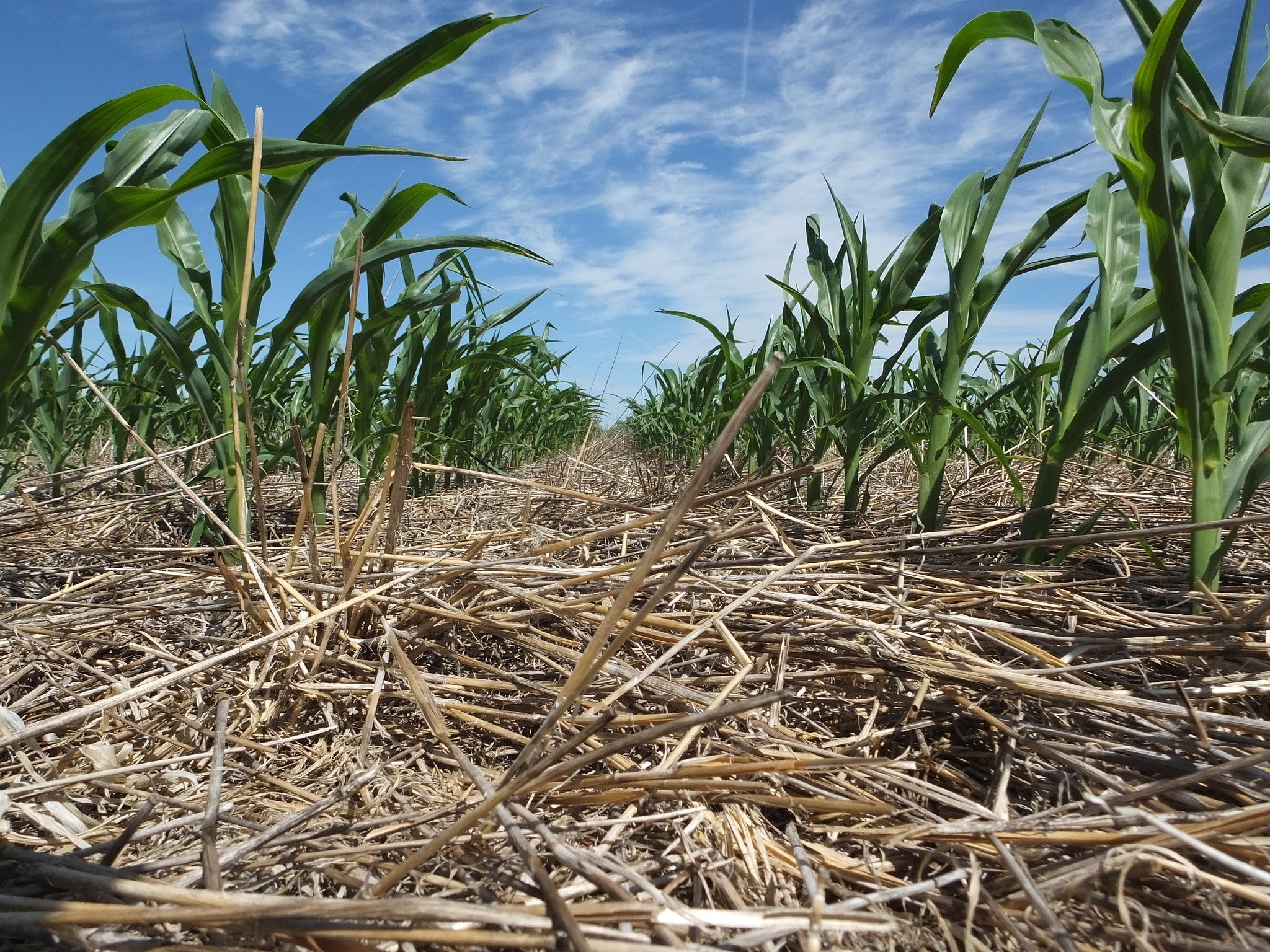Banks representing over 40% of global bank lending have joined the United Nations Environment Programme Finance Initiative’s Net Zero Banking Alliance and committed to align their lending and investment portfolios with zero net greenhouse gas emissions by 2050. By 2024, participating banks with substantial loan portfolios in agriculture will need to set net zero targets for the sector and rapidly embark on reducing emissions.
For this to be possible, banks must accurately measure the emissions they finance in agriculture. This is a particular challenge in agriculture, a sector that includes a vast array of different crops and livestock, farm sizes, and access to tools and technology.
Last week, Rabobank — one of the largest global providers of agricultural loans — became one of the first banks to present its approach for estimating GHG emissions from the agricultural production it finances. Rabobank also shared how it will compare its financed emissions to the global emissions reduction goals of the Paris Climate Accord — the international treaty on climate change.
Rabobank’s approach demonstrates best practices banks can use to measure the emissions they finance in agriculture today. It is also transparent about the challenges holding banks back from more accurately estimating and reducing their financed emissions in agriculture. Here are three insights that banks and their partners can learn from Rabobank.
Agriculture sector GHG emissions are substantial
Rabobank has a large agriculture loan portfolio that includes loans to wholesale corporate food and agriculture businesses, farmers and ranchers. These agriculture sector loans make up 17% of the bank’s assets, or $106 billion. However, farms and ranches financed by Rabobank in its four largest markets — Australia, Brazil, New Zealand and the United States — emit 40% of the bank’s measured financed emissions from all sectors (18.6 million tons of carbon dioxide equivalent per year). This indicates that GHG emissions from loans in the agriculture sector can be disproportionately larger than their share of the loan portfolio.

Most financed emissions from agriculture come from biological processes, not fossil fuel use. These include methane from livestock, nitrous oxide from fertilizer use, and lost carbon storage from deforestation. Credit: USDA NRCS South Dakota
Once banks quantify the emissions in their agricultural loan portfolios, they can begin working to reduce them. Rabobank aims to reduce the agriculture GHG emissions it finances by including emissions considerations in its loan-making decisions and by engaging directly with clients to support their emissions reduction strategies.
If you want to learn more about Rabobank’s process, here is an insightful blog written by Rabobank’s Senior Vice President for Sustainability and Climate, Luke Disney.
Financed emissions in agriculture are hard to measure
To set accurate net zero emissions targets and measure emissions reductions from their agriculture portfolios, banks need farm-level emissions data. However, emissions data is not currently gathered on most farms and ranches across the world. To overcome this obstacle, Rabobank used country-level data to estimate the GHG emissions of their clients. They will soon compare their estimated emissions to agriculture sector goals that countries have set to meet their Paris Climate Accord emission reduction targets.
Estimating agriculture loan portfolio emissions based on assumptions that farm and ranch clients have emissions near the country average suffices for now, but it does not allow banks to track progress on reducing emissions. The lack of on-farm emissions data prevents banks from engaging clients on their emissions reduction progress. It also prevents banks from comparing their emissions reduction progress against their peers, which would support constructive competition.
A major challenge lies ahead for banks to better understand the GHG emissions of their portfolios and opportunities to make reductions. As noted by Rabobank’s Disney, “You don’t need a carbon footprint number to talk to a farmer about investing in manure management systems or putting solar panels on the barn. But it sure helps if you want to scale your approach and measure your progress.”
Collaboration can help address the data and methodological gaps
The challenges banks are facing when measuring their financed emissions in agriculture and setting net zero targets can be addressed through collaboration between banks, with nonprofit partners, experts, and food and agriculture companies.
Banks can collaborate with their peers to identify best practices for measuring GHG emissions from their agriculture portfolios. Banks including Rabobank, Santander, Wells Fargo and Barclays are participating in the Banking for Impact on Climate in Agriculture initiative convened by World Business Council for Sustainable Development with partners UNEP’s Finance Initiative, Partnership for Carbon Accounting Financials and Environmental Defense Fund. Participating banks and convener organizations are working together to develop best practices for setting net zero emissions targets for finance emissions in agriculture.
Banks can also support farm-level GHG emissions data gathering by offering special loan programs that incorporate incentives for practices that reduce emissions. For example, Farmers Business Network recently announced the launch of the Regenerative Agriculture Finance Fund, that includes a lower interest rate incentive for farmers who achieve climate and water quality benchmarks and will connect financial performance data with environmental data.
Addressing challenges with GHG data gathering and net zero emissions target setting will require coordination between banks, regulators, public agencies, researchers and nonprofit organizations. Doing so can ultimately unlock banks’ ability to drive low emissions investments in agriculture across the world.
This post originally appeared on EDF+Business.









